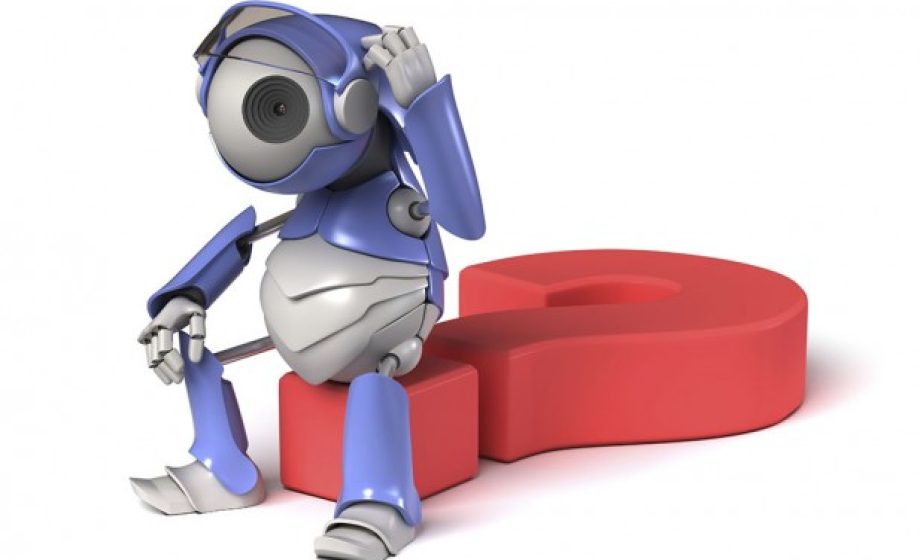I am absolutely fascinated with the disappearance of Malaysia Airlines Flight 370. This mystery gives us a perfect window into how we view, react, and interact with technology and our ability to make up stories to explain the data.
I am not talking about stories in the sense of the bedtime lullaby that we tell our kids but rather how we make the data fit our beliefs. It’s confirmation bias at work, and the reason why we cannot ignore the Human Element when dealing with technology, especially when working with gamification and connected devices.
Connected devices -an aircraft is quite a connected device- simply collect and return data about a given activity. The connected devices are not in the business of analyzing the data (explaining the past) or even less about recommending the next steps (forecasting the future). This data crunching activity falls upon the software and the deus-ex-machina known as the algorithm.
Hardware and software have an advantage over us Humans in that they can “bend time”: their processing power allows them to sort, analyze, and coalesce a huge amount of data in a very little time. This is where computers can help us make better, more informed decisions; by giving us access and feedback loops into a bigger knowledge set.
The key element is recognizing that the collected dataset often leads to speculations based on beliefs. For example, there is only scant data available about Malaysia Airlines Flight 370. What we know is very limited and should be taken with a huge shaker of salt given how forthcoming governments are with raw data (“Say Bob, should we really let them know how good our satellites are?”)
Yet, look at all the theories and scenarios that have surfaced over the past 11 days. We now have the full spectrum of options from a catastrophic failure taking the plane down to the crew doing a re-enactment of Flight 714 for Sydney by Hergé. What is even more amazing though is that as new data becomes available few people change their original theories but rather use the new data to fit their model of what happened.
Unfortunately, this confirmation bias behavior spreads into the (mis)use of any connected device that we come in contact with and while you can almost record anything, how you make the data fit your lifestyle is really the intriguing part. At Mobile World Congress, several manufacturers showcased (of all things), connected toothbrushes. For up to $250 you can get not only a full report on how long you brush your teeth but also the quadrants and intensity. And the device will also bring you news and music as you brush. Fun times. You can pull up the app and show you friends and dentist how well you take care of your teeth. At the same time, insurance companies love the fact that they are gathering data around brushing habits to adjust their premium.
The world is good until you get a cavity or a root canal and realize that there are tons of other elements that come into keeping your teeth healthy, none of them being trackable via a connected toothbrush.
What happens then, as the dentist inserts the needle in the patient’s mouth, though reflects the biggest challenge for connected devices. People will not think “gee, maybe I shouldn’t have eaten candies nightly after brushing my teeth” but rather “this connected toothbrush sucks, I can’t believe I spent that much and still have a cavity”. We try to blame the tool rather than the belief. We wonder why there aren’t better tracking systems in an airplane when the root of the problem may have nothing to do with tracking a flight to begin with. Connected devices should entice us to challenge the belief.
There are a few conferences coming up in the coming months: One in Cambridge, IoT14, (UK) put together by the group that runs Business of Software and one in Paris, Connected Conference, put together by Rude-Baguette. I hope the speakers will go beyond the marketing and hype talks and dive into the core challenge of connected devices: How do you properly communicate information to the end-users to give them the tools they need to make the right decisions.
If you are interested in the topic of how data can be used to aid decision making rather than making decisions, I suggest you read a book named CALM by Morten Middlefart (or read my review/summary) The book really dives into the issues of computer-aided decisions vs. blind faith in data spots.
%CODECONNECT%

